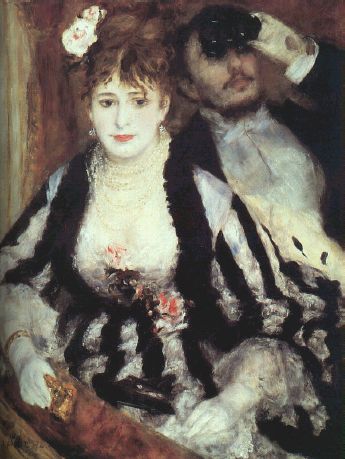Studying artists in a homeschool setting offers a rich and engaging way to explore creativity, culture, and history. By delving into the lives and works of famous artists, homeschooling families can cultivate a deeper appreciation for art and develop critical thinking skills. Whether you and your family are seasoned art enthusiast or just starting to explore the world of art, we hope to offer some inspiring artist study ideas for your homeschool.
One of our favorite homeschool studies are of artists. We spend about 2 weeks on a piece of art and generally about 12 weeks on an artist. We start by learning about where the artist is from using a map or globe and put the artist on the timeline so we can compare their lives to world events.
Looking Down Yosemite Valley, California, 1865
If the artist lived during a dramatic time in history we talk about it (like Fragonard and the French Revolution) or if the paintings are of interesting places we talk about the place. I also tend to draw out unusual facts from the artist's life or work. Looking at the dress of the subjects and the theme is also a good way to place the artist and work in its place in history.
 |
| A Young Girl Reading, 1776 |
We talk about the work, the title, and what we notice...sometimes I have them study it and then close their eyes and describe it considering foreground, background, subject, and focus. We will often compare the works to other artists. Either the kids will bring it up or I will, but not by a rule. It is more of a real connection we've made on our own. We also talk about the type of piece (landscape, still life, portrait, etc.), mediums (watercolor, oil, engraving, sculpture, etc.), technique used in the work (i.e. pointillism), elements of the piece (color, lighting, focus) and/or size of the work. We don't talk about all of them for every piece, just the things that really stand out.
The Stay at Homes, 1927
To wrap up the study, we put a print into a photo album with details, including artist, title, date, and medium. It is a nice way to remember all of the works we've studied.
Windmill at Wijk bij Duurstede, c. 1670
Our preference is no nudity. When I purchase books, there will sometimes be work that has it (Renoir is an example). I made folders to slide over the books to only show the pics that we are studying and, in some cases, just put sticky notes over the parts we deem inappropriate for our family. This is, of course, a personal decision.
What are some of the ways you study artists?
If you liked this post, you might also like:
Want more?
Sign up for our email list! We'll send you a newsletter with all of our freebies, updates on blog content, and notifications about new posts!
Sharing with you is so much fun! You can share too!
If you enjoyed this post, we'd love for you to share. Like it, save it for later, or share it with your people! Or all three! It helps us know which content you want more of and your support opens up our little corner of the internet and builds the blessings in our community! Simply click the share icons below.








.JPG)
No comments:
Post a Comment